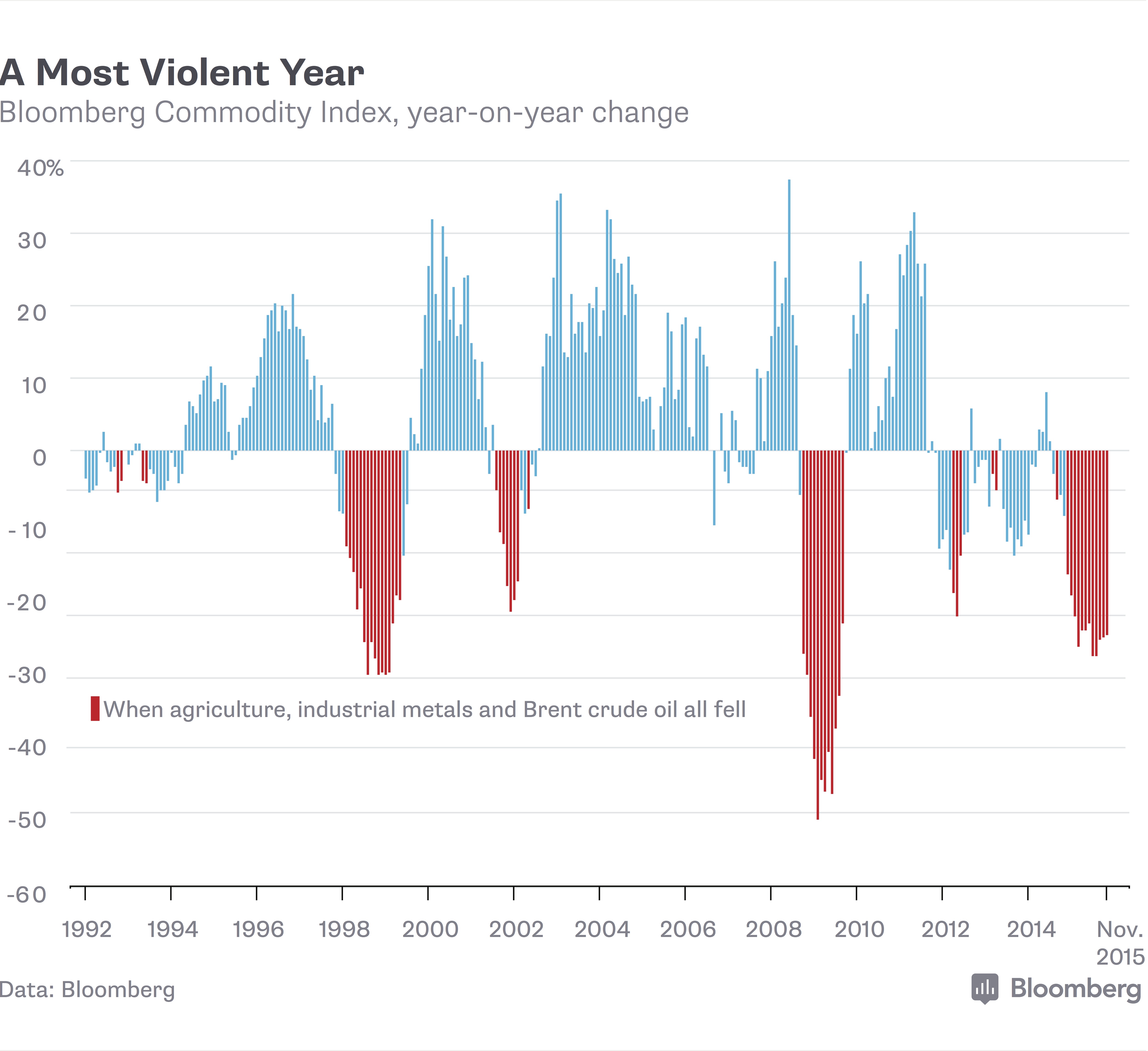Several Fed President’s gave speeches this week. But the speeches offered by St. Louis President Bullard and Chicago Fed President Evans highlight the different perspectives held by the members of the open market committee. St. Louis President Bullard framed his discussion of the economy through the prism of “five questions,” for which he provided the italicized answers:
- What are the chances of a hard landing in China? The probability of a hard landing in China is no higher today than it was earlier this year.
- Have U.S. financial market stress indicators worsened substantially? Financial stress today in the U.S. is not particularly high compared to the last five years.
- Has the U.S. labor market returned to normal? U.S. labor markets have largely normalized.
- What will the headline inflation rate be once the effects of the oil price shock dissipate? Oil price stabilization likely implies headline inflation will return to 2 percent in the U.S.
- Will the U.S. dollar continue to gain value against rival currencies? Global policy divergence has already been priced into foreign exchange valuations.
Bullard’s analysis is somewhat superficial as there are strong rebuttals to several conclusions. Financial stress may be increasing for two interrelated reasons. First, as a result of Dodd-Frank, financial intermediaries are no longer inventorying corporate bonds, instead acting as brokers between buyers and sellers. This could be a problem if the market experiences a liquidity event. And the market may be closer to just that problem. CCC yields widened considerably over the last year, thanks to weakness in the oil sector. Baa yields recently joined them:
The Moody’s Baa index is just shy of the peak of 5.58 per cent in August 2013 near the end of the “taper tantrum”, when yields rose sharply as investors anticipated that the Fed would start winding down its asset purchases.
As for employment, if the sole metric used was the unemployment rate, one could argue the economy reached full employment. But broader measures of labor utilization such as U-6, labor force participation rate and people employed part-time for economic reasons still show high levels of slack, which weak wage growth confirms. Finally, Bullard argues oil is the primary reason for the drop in CPI. But according to the latest IEA estimate, demand and supply won’t be in balance until 2020, implying weak oil prices for an extended period of time.
But as Fed President Evans points out below, there is weakness over the entire commodities complex.
Chicago Fed President Evans offered a more nuanced outlook in his speech:
So what are these inflation risks? With prospects of slower growth in China and other emerging market economies, low energy and import prices could exert downward pressure on inflation longer than most anticipate. That’s a risk. In addition, while many survey-based measures of long-term inflation expectations have been relatively stable in recent years, we shouldn’t take them as confirmation that our 2 percent target is assured. In fact, some survey measures of inflation expectations have ticked down in the past year and a half. Furthermore, measures of inflation compensation derived from financial markets have moved quite low in recent months. These could reflect either lower expectations of inflation or a heightened concern over the nature of the economic conditions that will be associated with low inflation. Adding to my unease is anecdotal evidence: I talk to a wide range of business contacts, and virtually none of them are mentioning rising inflationary or cost pressures. No one is planning for higher inflation. My contacts just don’t expect it.
Evan’s observations assume the effects of the commodity super-cycle slowdown are broader than simply the drop in oil prices. Commodity markets are confirming this analysis; there is currently a broad sell-off in the oil, metals and agricultural markets as shown in this chart from Bloomberg:

The index is made up of 33 different underlying commodity futures that can be put together into different subgroups. Three important ones are Brent crude oil (which in turn represents other liquid fuels like West Texas Intermediate crude and gasoline), crops and industrial metals. Altogether, they represent 70 percent of the index and offer a rough barometer of economic and industrial health: how much people are burning, eating and hammering.
All three are down in price so far this month compared to October, as is the index overall. That is rare: Looked at monthly since the start of 1991, it has only happened 15 percent of the time, clustered mostly around three periods: the Asian crisis of the late 1990s, the global financial crisis, and the past year or so.
Evans also notes the strong dollar’s impact; because commodities are priced in dollars, a higher dollar means lower commodity prices. And not just for oil, but the entire complex. This trend will only accelerate if the Fed raises rates. In summation, Evans, like Fed President Brainard, offers a nuanced and complex mix of events that he argues will keep inflation weak for a prolonged period of time.
